GE – Profile Series 27.9 Cu. Ft. Smart Fingerprint Resistant 4-Door French-Door Refrigerator with Door In Door – Stainless steel
Organize your food efficiently with this GE Profile Series 27.9 cu. ft. 4-door French door refrigerator. TwinChill evaporators feature separate climates in the fresh food and freezer sections to keep foods fresh. Easily store and access your favorites, including taller items, such as recorked wine bottles, with an innovative door-in-door design and convenient rotating bin.
Organize your food efficiently with this GE Profile Series 27.9 cu. ft. 4-door French door refrigerator. TwinChill evaporators feature separate climates in the fresh food and freezer sections to keep foods fresh. Easily store and access your favorites, including taller items, such as recorked wine bottles, with an innovative door-in-door design and convenient rotating bin.
Additional information
| Product Height | 69 29/32 inches |
|---|---|
| Product Width | 35 5/8 inches |
| Height To Top Of Refrigerator (Without Hinges) | 68 5/8 inches |
| Height To Top Of Door Hinge | 69 13/16 inches |
| Depth Without Handle | 34 5/16 inches |
| Depth With Handle | 36 13/16 inches |
| Total Capacity | 27.9 cubic feet |

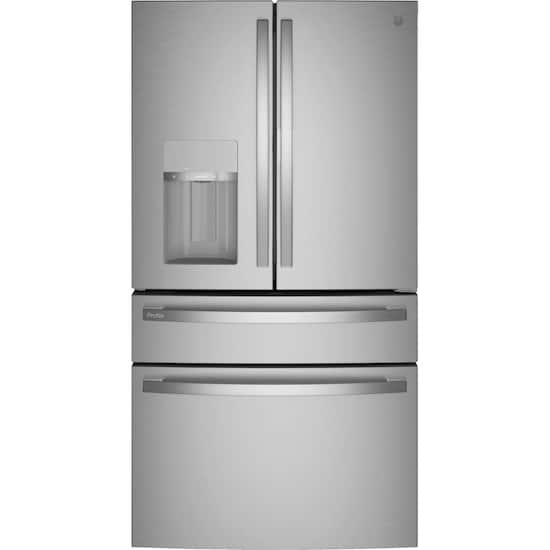
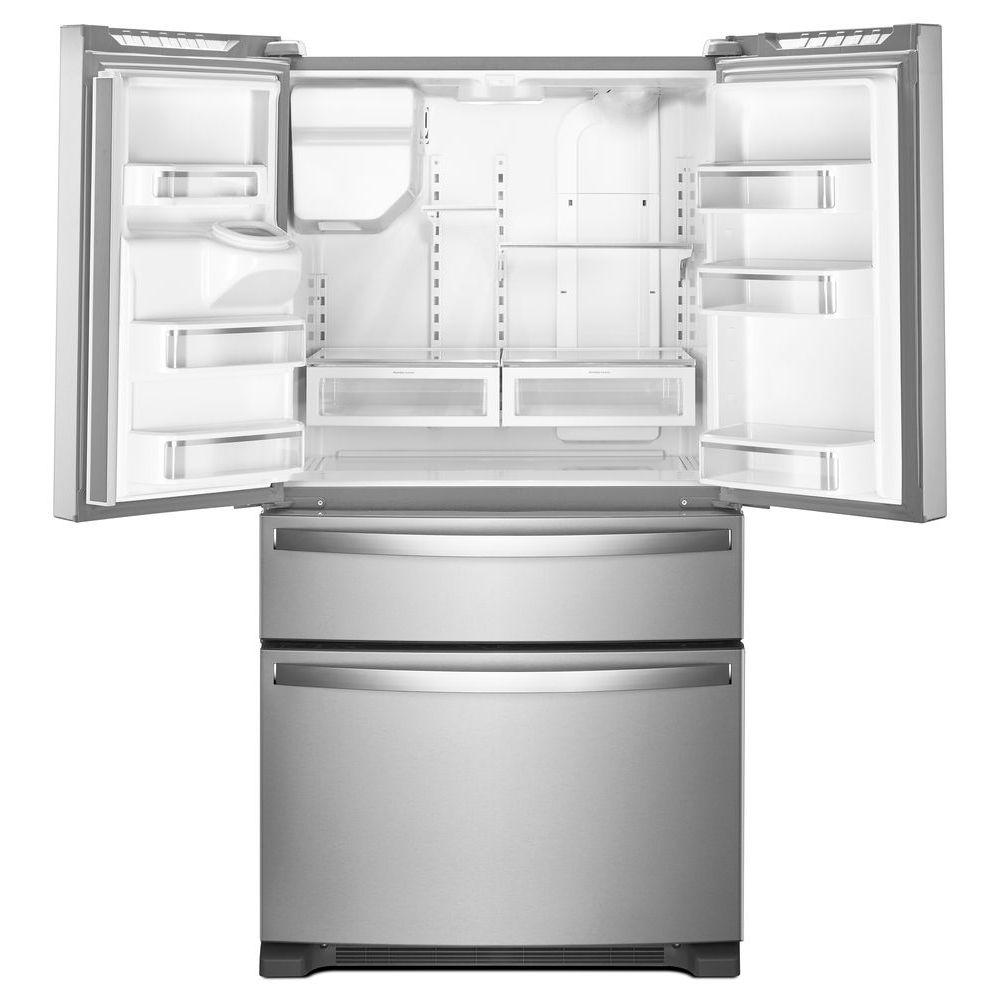
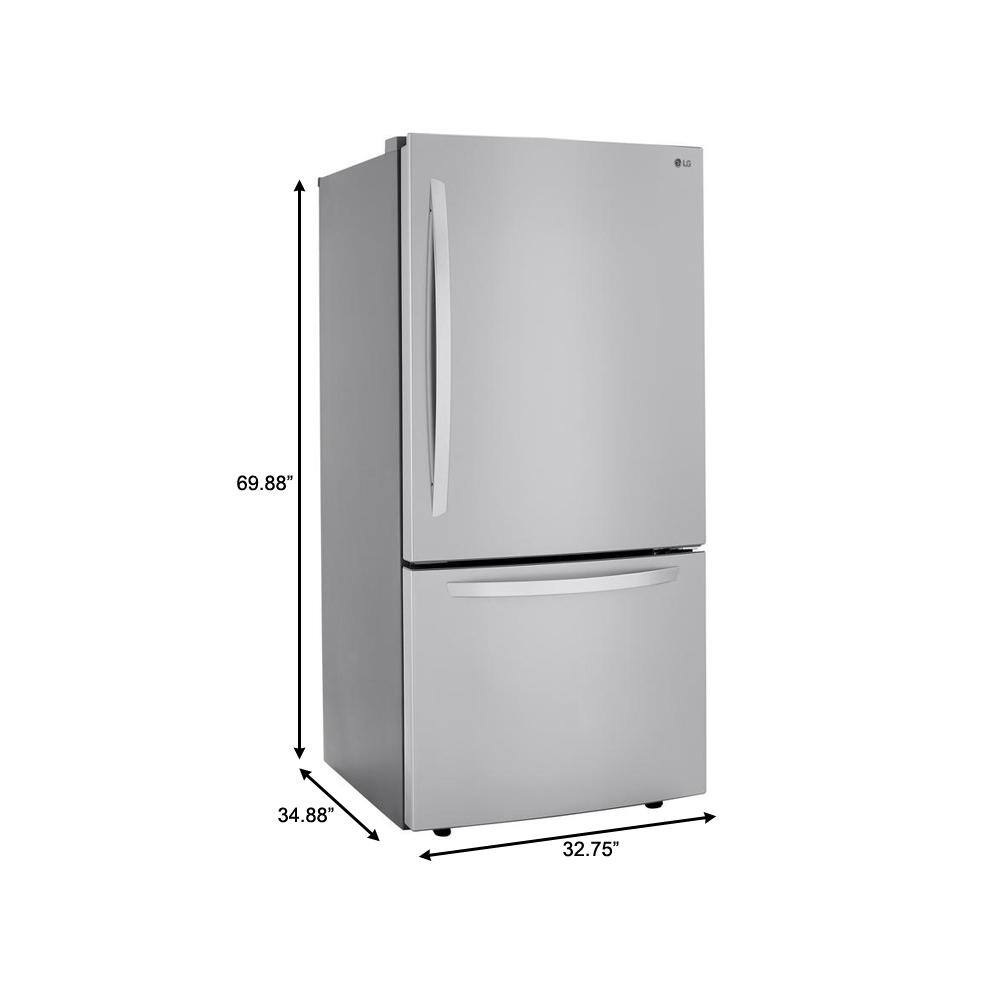
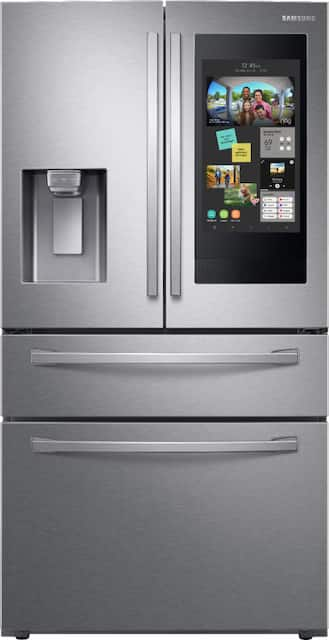
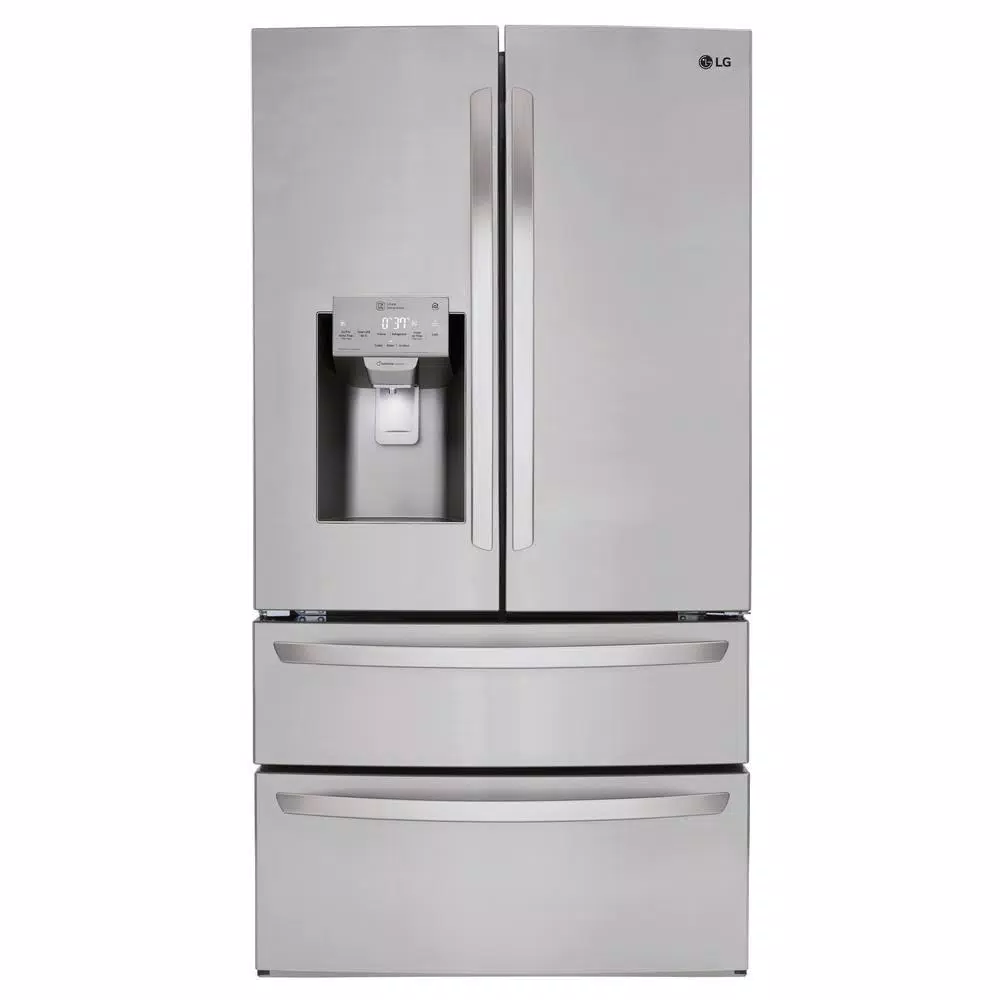
by Granny
Love the GE 4 DOOR fRENCH DOOR REFRIGERATOR. tHERE is so much room. Love the fact that it is truly Fingerprint Resistant.
by Adam
Excellent refrigerator. Lots of freezer space and i love all the extras!
by Jama
Great product. Fast install. Small dent on the door that I can’t reach anyone to repair. Same door also has trouble closing. Waiting for to resolve issues.
by Reggie
GE – Profile Series 4-Door French Door Refrigerator is great! Sales person knowledge, and very helpful with purchase. Very happy with purchase.
by Vivi
The French doors allow for a much better view of what you have inside. And the quick access door is our favorite feature. Really like the touch resistant finish is so cool.
by Woody
Love this refrigerator. Has plenty of space and works great.
by Laurie
I love this beautiful appliance! Not only stunning but ample space has allowed us to combine two refrigerators down to one.
by Miller
Beautiful appliance. I am so happy with my purchase.